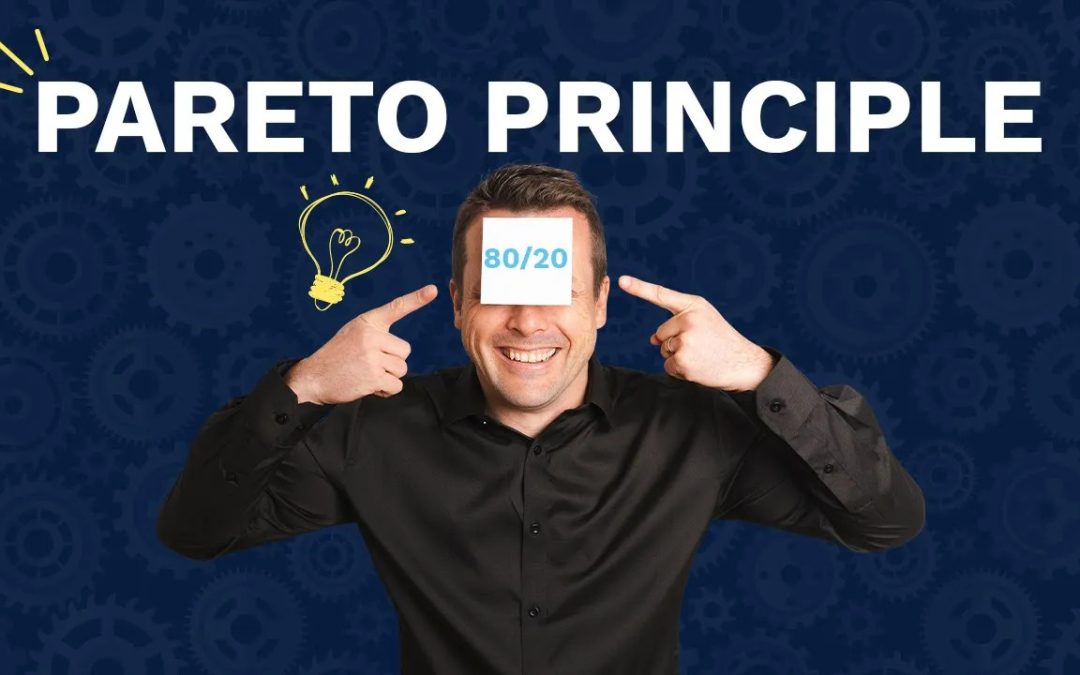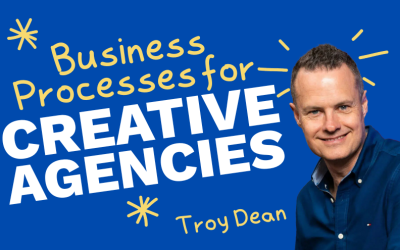Your ultimate aim is to build a business that runs without you. And to do that, you need to identify and document the major systems that drive the biggest results for your business.
So how do you identify these systems? How do you visualise your business so that you can gain perspective and see what needs to be systemised?
The trick is to break up each department in your business so that you can see the subsystems.
Think of each department in terms of its function:
✅ Marketing = Lead generation
✅ Sales = Conversion
✅ Operations = Delivery
✅ HR = Human Resource Management
✅ Finance = Money
✅ Management = Leadership and direction
Then apply the 80/20 rule, the idea being that for each department, 20% of the systems will deliver 80% of the results. Now it’s just a matter of identifying the systems in each department that deliver these results.
Timestamps:
00:11 – How to view your business as a collection of systems
00:40 – Breaking down your business into subsystems
1:17 – The health of your business depends on the health of your subsystems
1:30 – Introducing the 80/20 rule
1:51 – If the business systems in one department are poor it will affect the business
2:19 – using the 80/20 rule to identify the impactful systems
3:14 – Build your systems so your business works without you
3:43 – Keep working your way through your business systems
4:37 – Learn more, grab yourself a copy of SYSTEMology
Transcription:
Hey, it’s David Jenyns, founder of SYSTEMology, and I’ve got a short Systems Mindset video for you. I want to give you a new perspective on how to view your business as the collection of systems that it is by seeing your business. This is a collection of systems. It makes it much easier to gain focus, much easier to go to work on your business systems. So let’s jump over to the iPad here.
Now, the first thing to think about is that your business is one big system. Now, underneath the bigger system that is your business, we’ve got these subsystems that help to support the bigger system. The subsystems are like your departments, and we’ve got marketing, sales, management, HR, operations, and finance. You might have some different names, you might have some additional departments. But the way that I like to think about it is marketing is about lead generation. Sales is about conversion, operations about the delivery of your core product or service. Hr is about the recruitment, onboarding and management of your team. Finance is everything to do with money, and management is the leadership team and directing the business and those sorts of things. So the health of your business as a system depends on the health of each of these subsystems.
Now, if you’re just starting to see your business as a collection of systems, I want you to think of that 80 20 rule, this idea that 20% of the systems are going to deliver 80% of the result in each of the departments. So there’s probably a handful of systems that sit underneath each of these different departments that really deliver the result for that Department.
Now, some things to keep in mind. If you want a healthy business, you need to make sure that all of your subsystems are healthy. If you find that maybe your operations isn’t up to scratch, it’s going to pull the overall health of your business down. Or if you don’t have great marketing and you can’t bring in new leads again, it’s going to bring the overall health of your business down. So we want to have all of the departments quite healthy.
Now, using the 80 20 rule, we want to think about under each of the different departments, what are the handful of systems required that really deliver the bulk of the result for that Department? So in marketing, you might have a handful of lead generation methods that work really well for you, whether it’s Facebook ads, Google ads, speaking from stage, offline mailing, whatever it is. Imagine each one of those things is a system, and we want to identify just the top ones that are working that are delivering the bulk of the result. And similarly, we want to do that in sales. So there are probably a handful of sales systems. Once a lead comes in, you might have a method for the way that you’re qualifying them, maybe the way that you’re selling them, issuing out proposals, those sorts of things and each Department has these basic set of systems.
Now, the aim of the game for you as a business owner really is to build this business system so that your business works without you. It’s all about repeatability. So we need to identify what these systems are. Then we need to think about who performs those systems to the best standard and we want to capture what’s being done and that gets turned into a system or a process. And when you start to think about your business that way, if you started off and you identified those key systems in each of the different departments and then you kept that as a way to keep you focused and then over a period of 60 or 90 days, you just slowly checked your way through capturing best practice, getting it documented. You would basically end up coming up with a minimum viable set of systems to run your business that make sure that you can achieve repeatability and get your business on track. It makes it so much easier when you think of business this way and it becomes a game and you can systematically work through your business.
So think about your business as a system, think about the subsystems and then think about the core systems that make up each one of those departments and then go to work on that. Now if you want to kind of go the step further and think about, OK, where do I start? Once I’ve identified those systems, a great place to start if you haven’t already checked it out, is my book SYSTEMology. In chapter one, I talk about this idea of the critical client flow and it’s about mapping the linear journey that your customer and your prospect goes through to deliver a core product or service. And it will help you to then further identify the key systems required to deliver that core product or service. Because when you can do that, the business makes money. And when the business makes money, everything is infinitely easier. You can solve just about every problem in business once you figure out how to have the business make money without key person dependency. Anyway, I’ll leave it just there for now. Hopefully, that helps and I’ll catch you on the next video.









